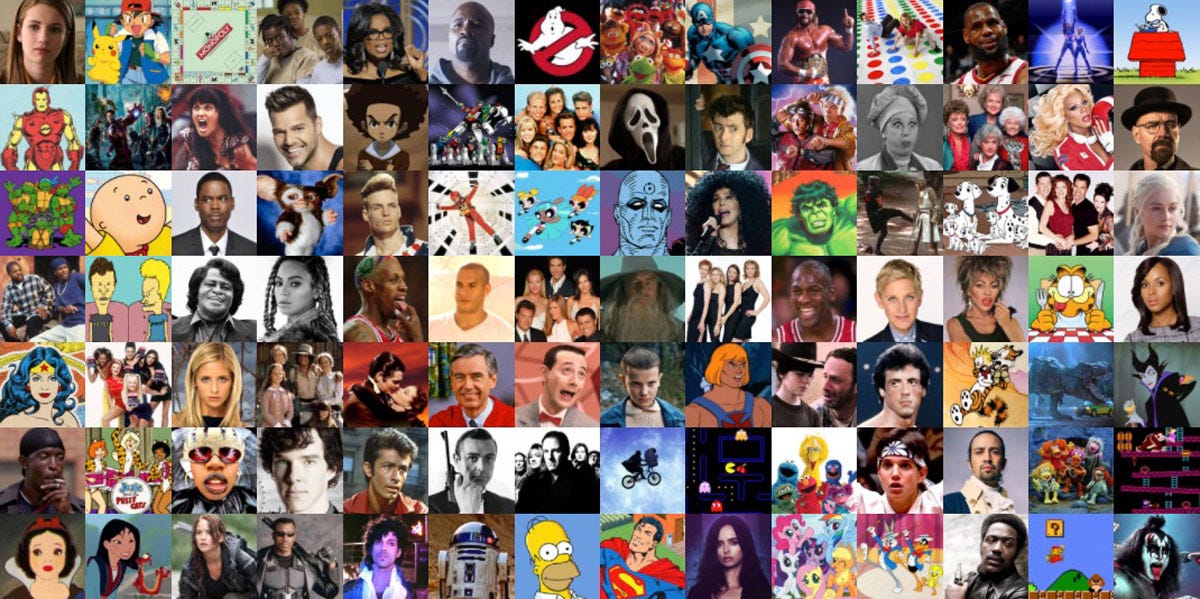Shop At Haya: Your Ultimate Shopping Guide
Discover the best shopping tips, trends, and deals for a smarter buying experience.
When Memes Become Mainstream: The Rise of Viral Culture
Explore how memes transformed from niche humor to mainstream phenomena, shaping our culture in unexpected ways. Dive into the viral revolution!
The Evolution of Memes: From Niche Communities to Global Phenomena
The concept of memes has evolved significantly since its introduction by Richard Dawkins in 1976. Initially confined to niche communities, memes served as a form of cultural expression and communication, often emerging from forums and early social media platforms. These digital artifacts relied heavily on shared experiences, humor, and context, leading to their spread among like-minded individuals. As the internet matured, the proliferation of social media platforms such as Facebook, Twitter, and Instagram transformed memes into a vital part of online culture, enabling them to reach broader audiences.
Today, memes have become global phenomena that transcend cultural boundaries and languages. They play a significant role in shaping public discourse, influencing trends, and even impacting politics. With the introduction of user-friendly meme generators and the viral nature of content sharing, anyone can create and disseminate a meme in real-time. This democratization of meme creation has led to an explosion of creativity, giving rise to various genres, from relatable everyday moments to satirical commentary. As a result, memes have woven themselves into the fabric of global communication, highlighting their undeniable significance in modern society.

How Viral Culture Shapes Modern Communication: A Deep Dive
The rise of viral culture has fundamentally transformed the way we communicate in the digital age. With social media platforms acting as catalysts, ideas, memes, and trends can spread rapidly, influencing public opinion and shaping conversations across the globe. Today, communication is not just about the content shared, but also about how it is presented. For instance, short, impactful videos and visually appealing graphics often outperform traditional text-based communication in capturing audience attention. This shift is evidenced by the increasing prevalence of multimedia content in marketing strategies, which speaks to the urgency of adapting to this new landscape.
Moreover, viral culture encourages a decentralized approach to communication. Individuals can now become content creators, effectively bypassing traditional media outlets. This democratization of information means that anyone can contribute their voice, but it also raises questions about authenticity and the reliability of shared content. Popular trends often reflect cultural phenomena or social issues, and as such, they can serve as powerful tools for advocacy and mobilization. Understanding how viral culture impacts message transmission is essential for anyone looking to navigate modern communication successfully, especially in fields like marketing, public relations, and social advocacy.
What Makes a Meme Go Viral? The Science Behind Online Trends
What makes a meme go viral? The phenomenon of viral memes can often be attributed to a combination of emotional appeal, relatability, and timing. Memes that evoke strong feelings—whether it's laughter, nostalgia, or even anger—tend to be shared more widely. When users feel a personal connection to the content, they are more inclined to share it within their social circles. Additionally, the cultural relevance and timing can amplify a meme's reach; a meme that emerges in response to a trending event or societal issue can quickly gain traction, as audiences are eager to engage with content that resonates with their current experiences.
Another critical factor in the virality of memes is the platform's algorithms. Social media platforms often prioritize engaging content, which can include memes, leading to increased visibility. When a meme starts to receive interactions—likes, shares, comments—it gets pushed further into public feeds, creating a snowball effect. Furthermore, the nature of the content itself, such as its visual elements and humor, plays a significant role. Memes that are easily digestible and can be quickly understood will often spread more effectively than complex or obscure ones, contributing to their journey toward becoming a viral sensation.